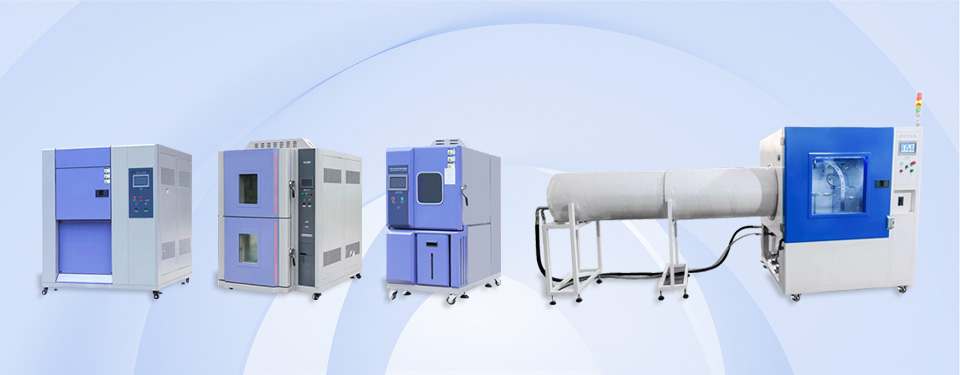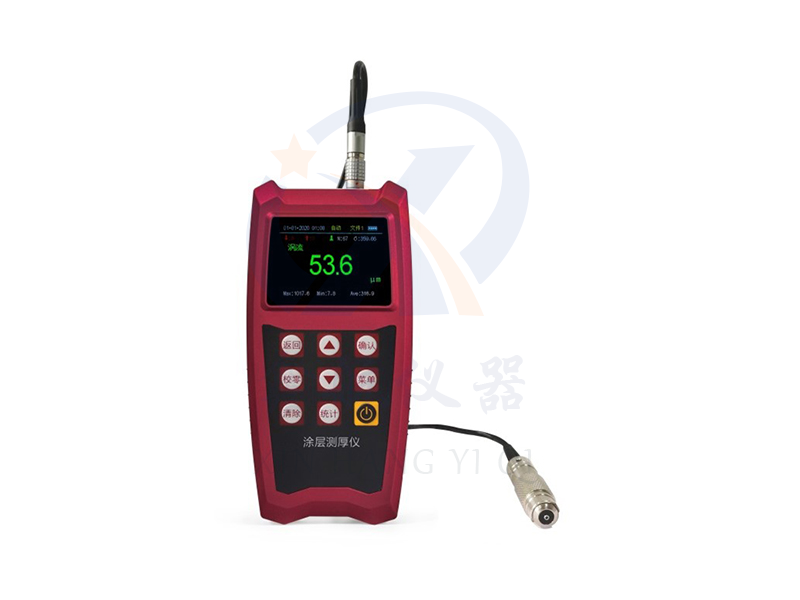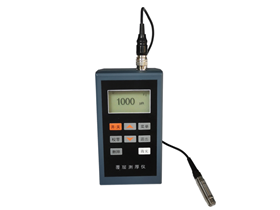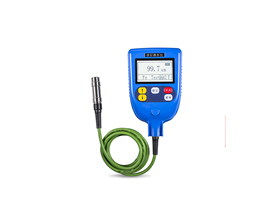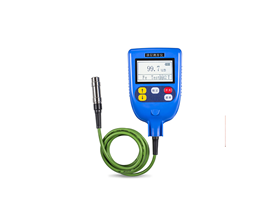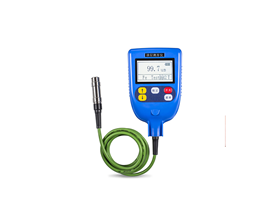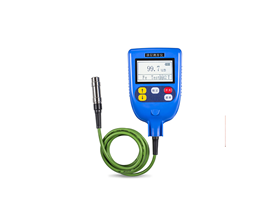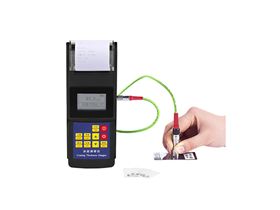summary
This instrument is a portable coating thickness gauge that integrates magnetism and eddy current. It can quickly, non-destructive, and accurately measure the thickness of coatings and coatings. It can be used in both laboratories and engineering sites. This instrument can be widely used in the manufacturing industry, metal processing industry, chemical industry, commercial inspection and other testing fields, and is an instrument required for material protection
major function
Two thickness measurement methods, magnetic and eddy current, are used to measure the thickness of the non magnetic coating layer on the magnetic metal substrate, as well as the thickness of the non-conductive coating layer on the non magnetic metal substrate.
There are two measurement methods: continuous measurement and single measurement
There are three measurement modes: high-precision measurement mode can take the average of multiple measurements and automatically filter suspicious data, ensuring more accurate and stable measurement values; The fast measurement mode can achieve real-time scanning function.
● Equipped with temperature compensation function: The leading real-time temperature compensation technology in China can automatically compensate for measurement errors caused by changes in environmental temperature and probe temperature, making measurements more accurate.
There are five statistical measures: mean (MEAN), maximum (MAX), minimum (MIN), number of tests (NO.), and standard deviation (S.DEV).
The instrument can be calibrated using zero point calibration, single point calibration, or two-point calibration methods, and the systematic error of the measuring head can be corrected using basic calibration and temperature coefficient calibration methods.
● With storage function: up to 500 measurement values can be stored.
● It has deletion function: it can delete a single suspicious data that appears in the measurement, and can also delete all data in the storage area for new measurements.
● Settable limits: Automatically alert for measured values outside the limit.
Equipped with power level indicator function.
There is a buzzing sound during the operation process.
There are three shutdown methods available: manual shutdown, timeout automatic shutdown, and low battery automatic shutdown, and the timeout automatic shutdown waiting time can be set
technical parameter
|
project
|
XH-TC-920S
|
|
Probe type
|
F
|
N
|
|
operational principle
|
magnetic induction
|
vortex
|
|
measuring range
|
0-2000
|
0-1500Chromium plating on copper0-40
|
|
Low resolution limit
|
0.1um
|
|
Indication error
|
Zero calibration
|
±(3% H 1)
|
|
Two point calibration
|
±[(1-3%) H 1]
|
|
Test conditions
|
Minimum curvature radiusMm
|
Convex1.5mm
|
concave3mm
|
|
Minimum area diameterMm
|
Φ7mm
|
Φ5mm
|
|
Basic critical thicknessMm
|
0.5mm
|
0.3mm
|
|
work environment
|
temperature
|
0-40℃
|
|
humidity
|
20%~90%
|
|
source
|
Section 25No. alkaline battery(1.5V)
|
|
External dimensions
|
151mm x 76mm x 38mm
|
|
weight
|
about240g(excluding batteries)
|
|
Shell material
|
Plastic shell
|
|
Standard configuration
|
Host, standard test piece, iron substrate, aluminum substrate, battery, probe, product certificate, instruction manual
|
|
Optional configuration
|
Standard test piece, probe, iron substrate, aluminum substrate
|
Compliant with standards
GB/T 4956-1985 Measurement of thickness of non-magnetic coatings on magnetic metal substrates Magnetic methods
GB/T 4957-1985 Eddy current method for measuring the thickness of non-conductive coatings on non-magnetic metal substrates
JB/T 8393-1996 Magnetic and Eddy Current Coating Thickness Measuring Instruments
JJG 889-95 "Magnetic reluctance thickness gauge"
JJG 818-93 Eddy Current Thickness Gauge
measuring principle
This instrument adopts two thickness measurement methods, magnetic and eddy current, which can non-destructive measure the thickness of non-magnetic coatings (such as zinc, aluminum, chromium, copper, rubber, paint, etc.) on magnetic metal substrates (such as steel, iron, alloy, and hard magnetic steel) and the thickness of non-conductive coatings (such as rubber, paint, plastic, anodized film, etc.) on non-magnetic metal substrates (such as copper, aluminum, zinc, tin, etc.).
A. Magnetic method (F-type probe): When the probe comes into contact with the covering layer, the probe and the magnetic metal substrate form a closed magnetic circuit. Due to the presence of a non-magnetic covering layer, the magnetic resistance of the magnetic circuit changes. By measuring this change, the thickness of the covering layer can be derived.
B. Eddy current method (N-type probe) uses high-frequency alternating current to generate an electromagnetic field in the coil. When the probe contacts the covering layer, eddy currents are generated on the metal substrate, which generates feedback on the coil in the probe. The thickness of the covering layer can be derived by measuring the magnitude of the feedback effect.

Measurement steps
a) Prepare the parts to be tested.
b) Place the instrument in an open space, press the power button, and turn it on.
c) Check the battery level indicator. If the battery level is too low, replace it immediately.
d) Check the probe type. If the probe type indicator at the bottom of the screen does not match the actual probe type, first check whether the probe working mode is in automatic mode or return to the factory for repair.
e) Do you need to calibrate the instrument? If so, choose the appropriate calibration method.
f) Measurement: Quickly contact the measuring head vertically with the testing surface and lightly press the positioning sleeve of the measuring head. With a sound, the screen displays the measurement value. Quickly lift the measuring head and leave the measuring piece for more than 5cm. After about 1 second, the next measurement can be carried out.
g) Shutdown: Press and hold the power button to immediately shut down the device; Without any operation, the instrument will automatically shut down after about 2-10 minutes, and the waiting time for automatic shutdown can be set.
Maintenance and repair
1. Environmental requirements
Strictly avoid collisions, heavy dust, humidity, strong magnetic fields, oil stains, etc.
2. Replacing the battery
When the instrument's battery level is too low, the battery should be replaced in a timely manner, as follows:
1) Turn off the computer, open the battery compartment cover and remove the battery;
2) Place the No. 7 alkaline battery with electricity into the battery compartment (pay attention to battery polarity), and cover the battery compartment cover. When the instrument is not in use for a long time, the battery should be removed to avoid battery leakage and corrosion of the instrument.



